TB is an evolving disease.
We need new medicine.
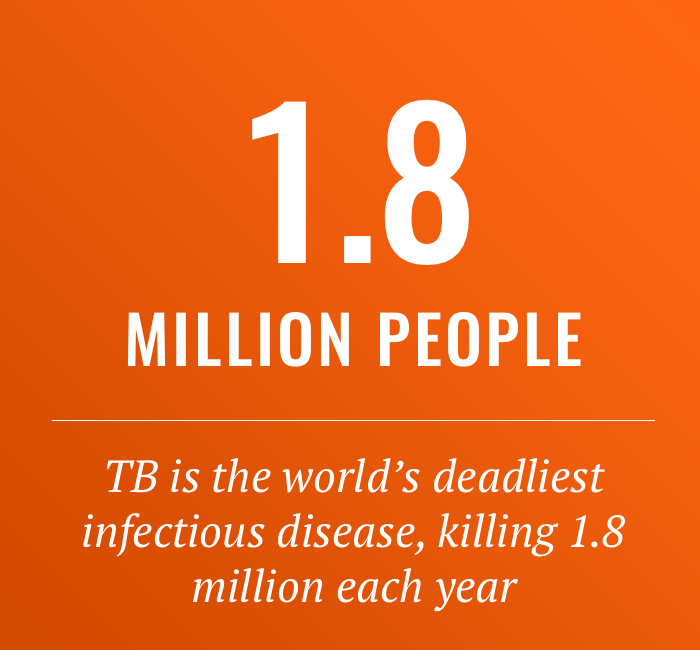
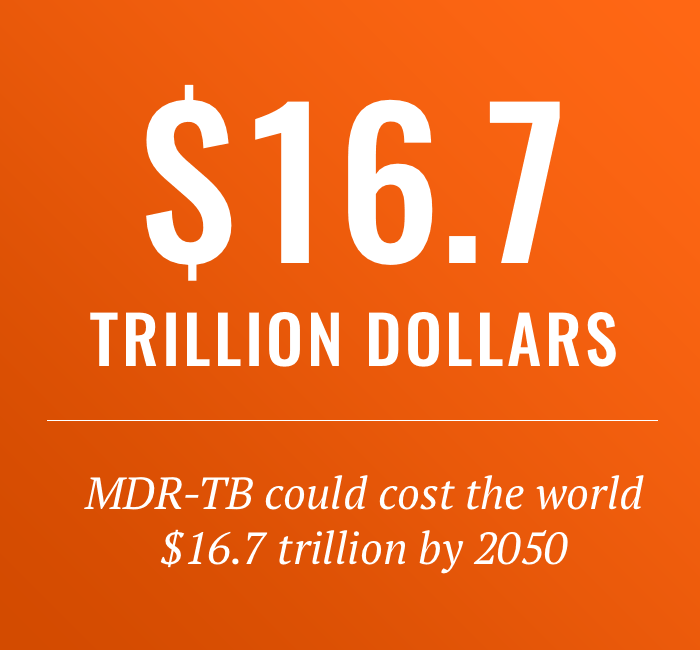
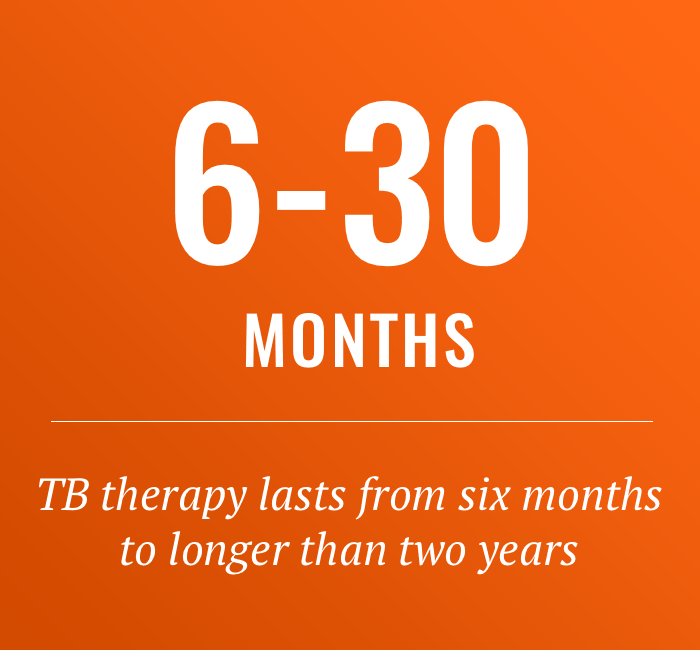
Tuberculosis is a global threat
Tuberculosis (TB) is the world's deadliest infectious disease, and a top ten cause of death worldwide.
In its 2016 World TB Report, the World Health Organization estimated that 10.4 million people became sick with TB. Of these, 580,000 cases were drug-resistant. Almost two million people die from TB each year.
TB preys on the vulnerable. Women, children, and people with HIV/AIDS are among those most at risk of this disease, which is transmitted through the air and thrives in weakened immune systems.
TB also propagates a cycle of poverty among those who can least afford it: more than 95% of TB deaths take place in low- and middle-income countries. The high costs of treatment, especially for drug-resistant TB, place an extreme burden on health systems in addition to that on patients and their families.
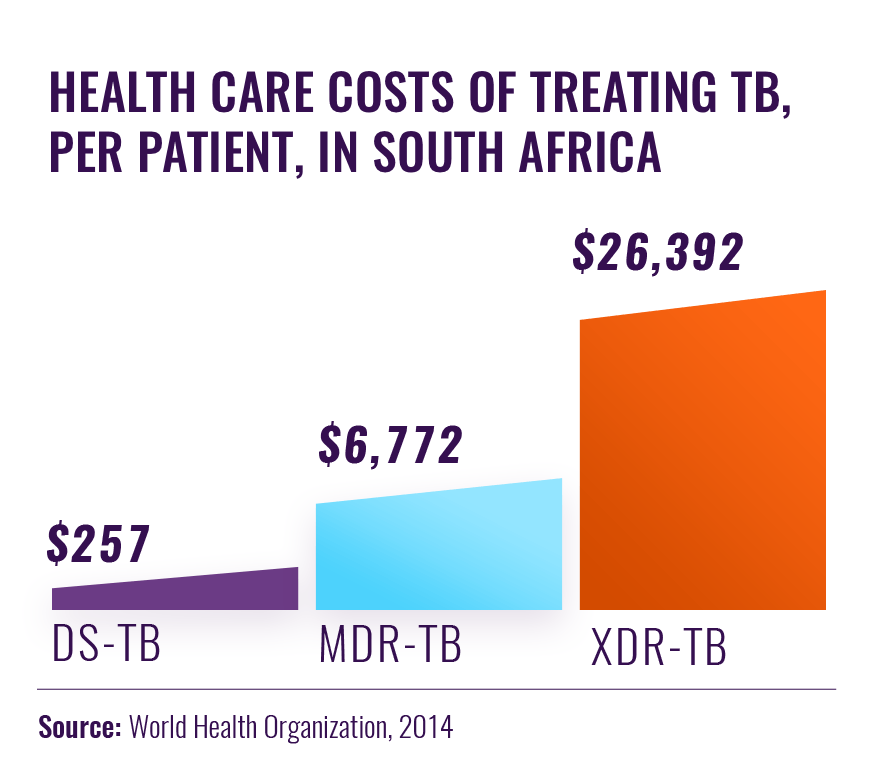
Antimicrobial Resistance
In September 2016, the UN General Assembly held its first-ever High-level Meeting on Antimicrobial Resistance (AMR). AMR, the result of microorganisms no longer responding to commonly used antibiotics, has emerged as one of the defining global health issues of our time.
Drug-resistant TB can easily develop in patients when medicine is not properly taken or administered. It can be spread through the air, just like drug-sensitive TB, and is extremely difficult to cure. Estimates from the AMR Review, a report commissioned by the UK government, indicate that almost 30% of deaths related to AMR are caused by drug-resistant TB.
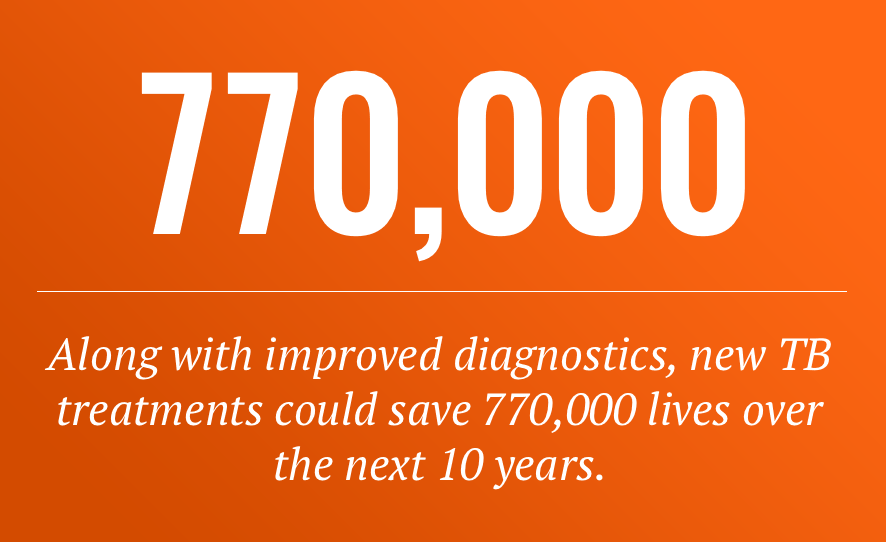
Source: AMR Review
New Treatment Regimens Urgently Needed
Today's prevailing TB drugs, developed half a century ago, aren't working the way they need to. For those with the more common form of “drug sensitive” TB, the shortest available treatment — a best case scenario — consists of daily pills for six months.
For those with multiple forms of drug-resistant TB, the following is the treatment reality: nine months to two years of a dozen or more pills per day, along with six months of daily injections. And for those unfortunate enough to have extensively resistant TB, even if they take every one of those 20,000 toxic pills and hundreds of injections, they will still have less than a one in three chance of survival. In some studies, that number is as low as 16%.
In order to bring the TB epidemic to an end, patients will need better options than these long, toxic, and expensive regimens. TB Alliance is developing better treatment regimens that will be adopted, available, and affordable around the world. Our work to develop improved formulations of medicine for childhood TB is already making an impact in countries like Kenya, and late-stage clinical trials show the promise of shorter, safer, and more effective cures for TB than any currently-available treatment.
By collaborating with donors, research partners, governments, civil society organizations, and others, we are advancing tomorrow's treatments for all.
This is what one day of treatment can look like:
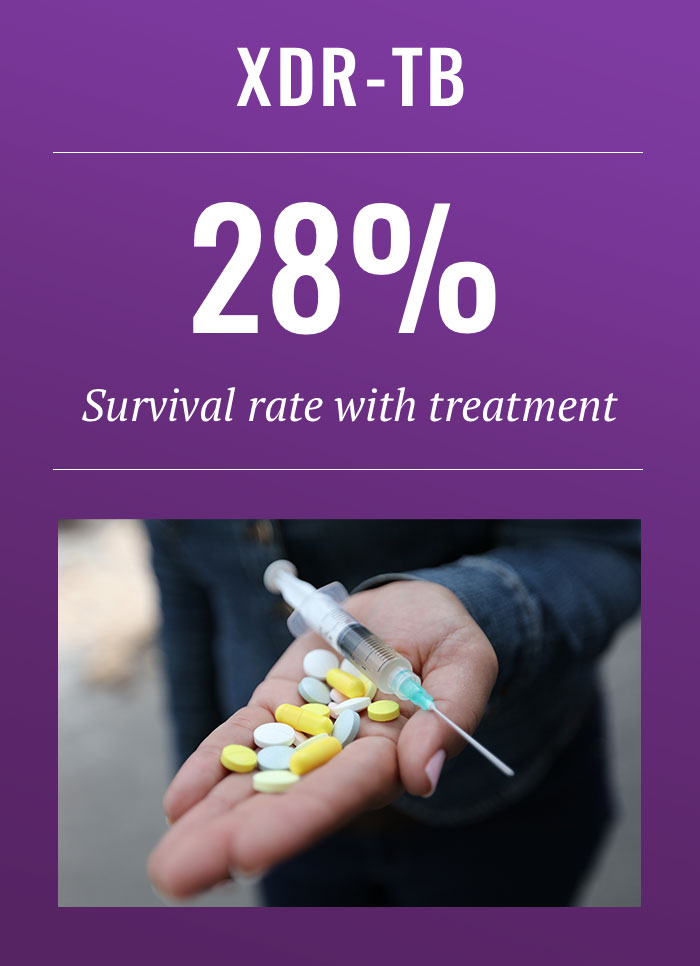
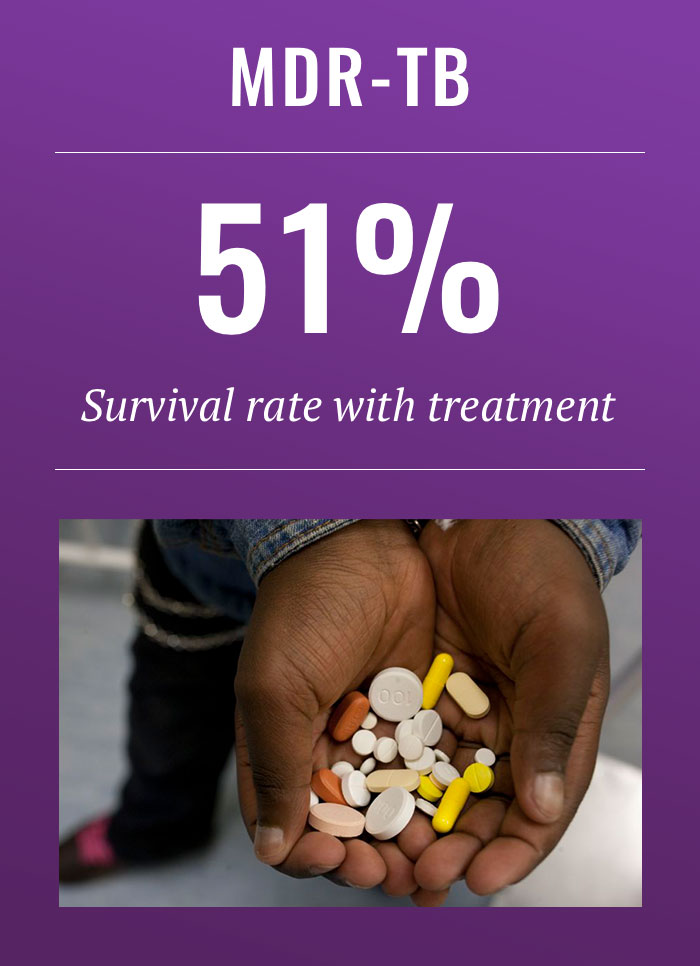
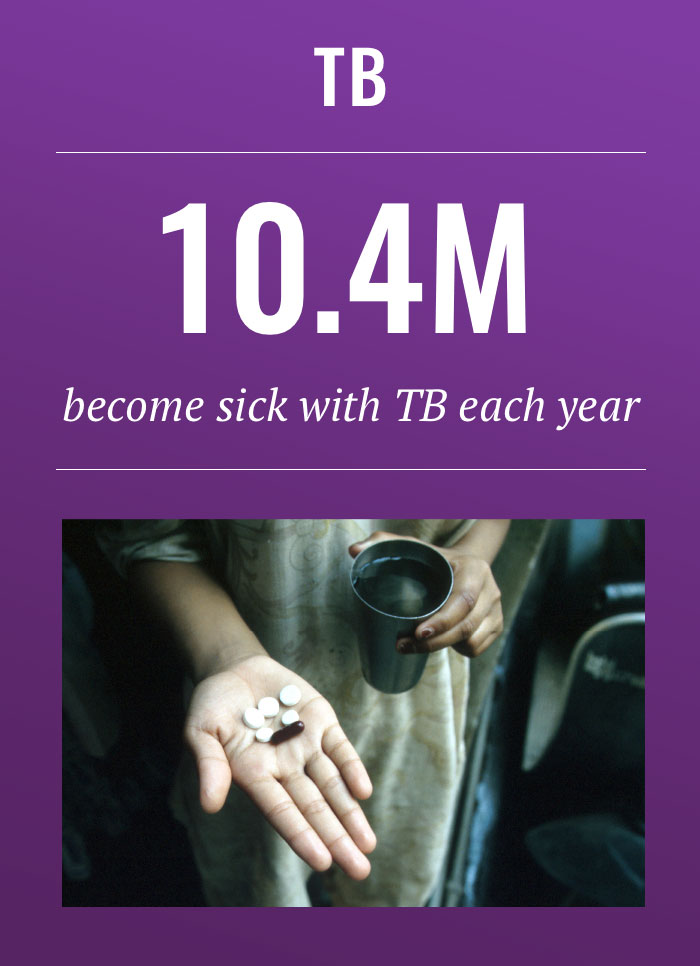
In order to bring the TB epidemic to an end, patients will need better options than these long, toxic, and expensive regimens. TB Alliance is developing better treatment regimens that will be adopted, available, and affordable around the world. Our work to develop improved formulations of medicine for childhood TB is already making an impact in countries like Kenya, and late-stage clinical trials show the promise of shorter, safer, and more effective cures for TB than any currently-available treatment.
By collaborating with donors, research partners, governments, civil society organizations, and others, we are advancing tomorrow's treatment for all.





